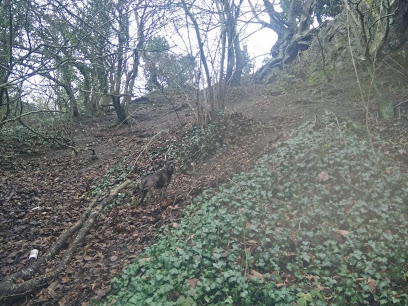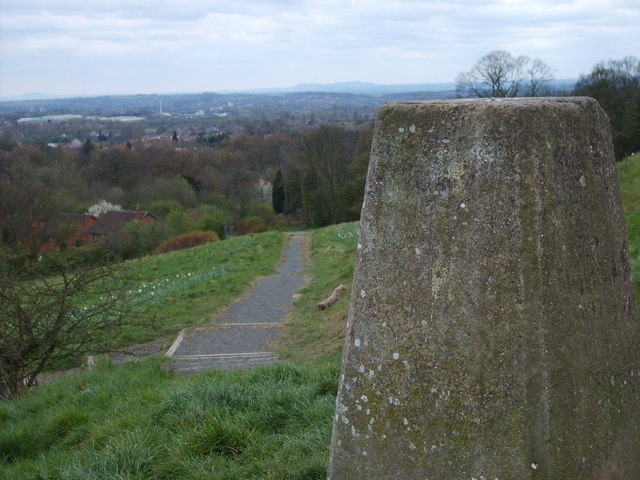Barrow Hill
In July 2005, Barrow Hill was declared a Local Nature Reserve to preserve wildlife and geology of a special interest and to allow people to come into contact with and study nature. Recently obtained grant funding will be spent on improving access, habitat management and interpretative materials such as panels and leaflets.
Barrow Hill is one of the most significant and well-loved areas of green space in the Borough. It supports our largest and most diverse area of grassland, ancient woodland, ponds with populations of Great Crested Newt and other important habitats and species.
The area is of high recreational and amenity value for local people and is linked to both the Fens Pools area and the Staffordshire countryside via the Pensnett Railway Walk.
The Dudley Volcano
About 315 million years ago, the area where Dudley now stands lay at the southern edge of a vast tropical river delta swamp that stretched as far north as what is now southern Scotland. Resembling today’s Mississippi delta, the sediments deposited in the swamps formed the Coal Measures that fuelled the Industrial Revolution.
Earth movements uplifted land to the south and the swamps gave way to a well drained floodplain. During this new phase, Etruria Marl was formed, the clays of which are very important locally for brick-making.
Faulting in the Earth’s crust allowed magma to intrude the buried sediments. At Barrow Hill, surges of ash and lava erupted from a volcano, similar to those in Iceland today.
Conifers growing on the slopes of the volcano were buried by a gentle, but rapid ash deposit that preserved them in situ. The heat charred the outer bark, but the internal structure has been well preserved, making them the oldest three-dimensional conifers yet discovered in the world. Some of these fossils can be seen at Dudley Museum and Art Gallery.
Erosion of the softer rocks that covered the volcano’s magma chamber has left much harder dolerite standing proud as the hill we see today. Although relatively small, the outcrop was quarried for road stone in the 19th Century.
As a local nature reserve, Barrow Hill’s future is more certain. In managing it, the challenge is to ensure that the wilderness quality that makes it such an attractive site is retained, whilst at the same time, there is proper provision for access for all people to this very pleasant green space.



